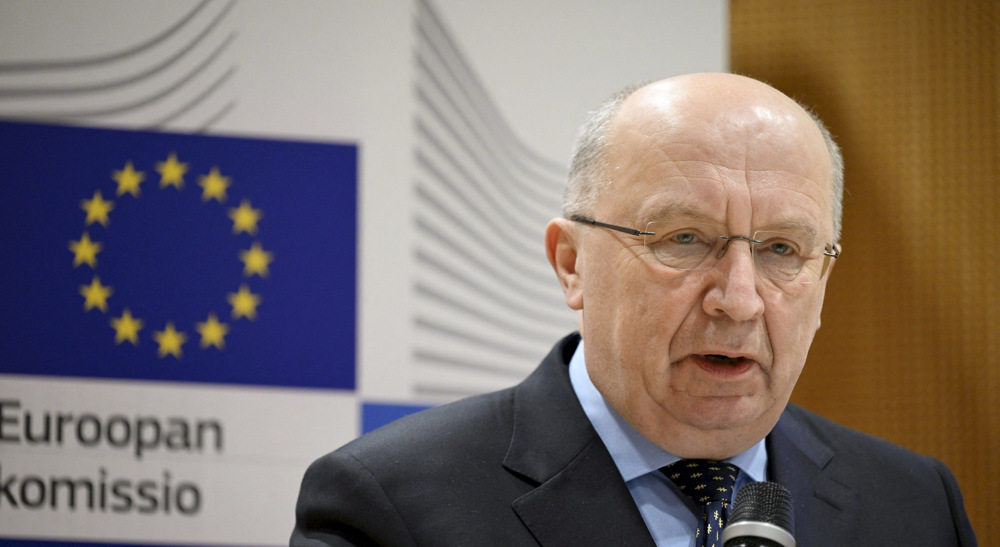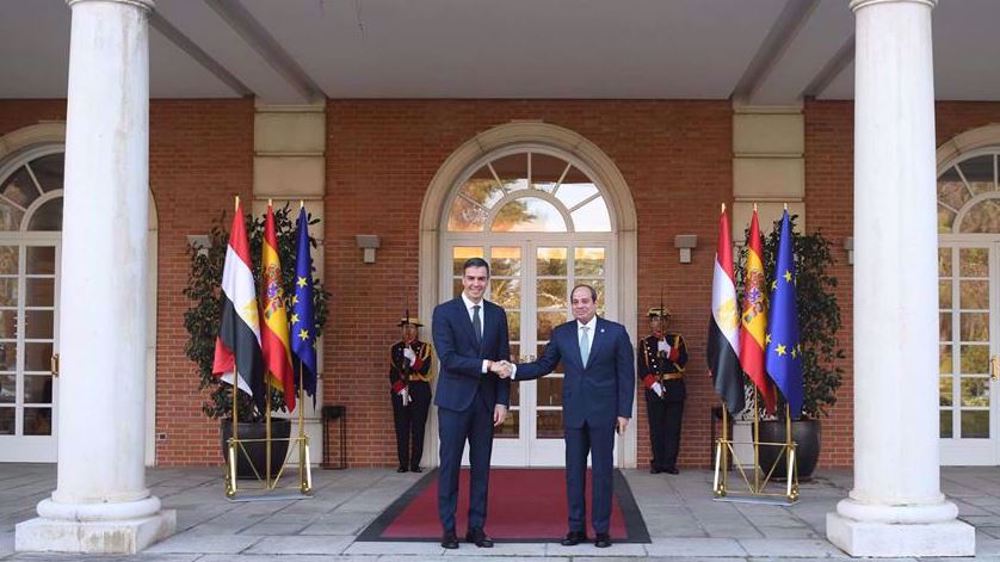EU, Libya hold talks on joint naval force to combat human traffickers
The European Union (EU) and war-torn Libya are discussing the establishment of a joint naval force to battle gangs smuggling people into Europe.
European Union foreign policy chief Federica Mogherini said on Wednesday described as "constructive" her talks in Brussels a day earlier with Libyan Foreign Minister Mohamed al-Dayri, Italian Foreign Minister Paolo Gentiloni and UK Foreign Secretary Philip Hammond.
"The meeting... took place in the context of the preparations of the maritime operation EUNAVFOR (European Naval Force) MED, which will focus on dismantling the business model of those involved in human smuggling," according to a statement from the EU using an acronym for the planned mission.

The command center for the force would be based in Italy. The UK, an EU member, is reportedly working on the draft of the UN resolution that would potentially give the armed force its legal framework.
The EU Council agreed on May 18 to establish a joint military operation dubbed EUNAVFOR Med to stop the trade of human smugglers and traffickers in the Mediterranean Sea.
The military force, said the mandate approved by the EU last month, includes European warships that would be authorized to destroy boats to crack down on human smugglers.
The joint military force would also use surveillance aircraft for spying purposes, according to the mandate.

The plan for the military force comes after a dramatic increase in the deaths of migrants heading to Europe and an increase in the number of migrants safely reaching Europe.
On April 29 alone, more than 800 people died after a single migrant boat capsized in what was described as the deadliest incident recorded in the Mediterranean by the office of the UN High Commissioner for Refugees (UNHCR).
The United Nations now needs to approve the plan after it is submitted by the European Union.

However, many obstacles still remain in the path to realizing the goal for implementing a joint naval force, most notably, the ongoing violence in Libya, which is currently ruled by two governments fighting each other.
Libya's ambassador to the United Nations Ibrahim al-Dabbashi on Tuesday announced that his government is refusing to give its consent to the UN action aimed at endorsing the EU’s plan because European governments had discussed it with the militants in Libya that control.
Libya plunged into chaos following the 2011 uprising against the dictatorship of Muammar Gaddafi, whose ouster gave rise to a patchwork of heavily-armed militia groups and deep political divisions.
Libya has two rival governments battling for the control of the country, with one faction controlling Tripoli, and the other, the country’s internationally-recognized government, governing the cities of Tobruk and Bayda.
HDS/HMV
Iran’s daily sweet gas production peaks at 870 mcm: NIGC
Nasrallah shattered myth of Israeli military’s invincibility: Top Yemeni official
Iran says it has attracted $8.2bn of foreign investment since Aug
‘Misguided policies’: Araghchi says unjust sanctions inflict suffering on innocent Iranians
Iran summons Polish envoy over 'baseless, biased' drone claims
Election winner conservative Merz invites Netanyahu to Germany despite ICC warrant
7,000+ killed in eastern DR Congo since January: PM
VIDEO | Far-right surges in German elections










 This makes it easy to access the Press TV website
This makes it easy to access the Press TV website